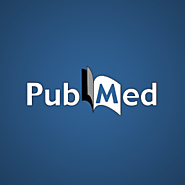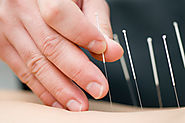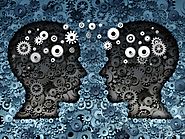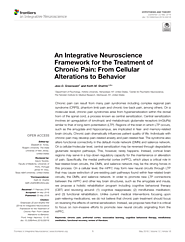-
About
- About Listly
- Community & Support
- Howto
- Chrome Extension
- Bookmarklet
- WordPress Plugin
- Listly Premium
- Privacy
- Terms
- DMCA Copyright
- © 2010-2025 Boomy Labs

 Heather Lynn
Heather Lynn
Listly by Heather Lynn

J Pain. 2014 Feb;15(2):197-203. doi: 10.1016/j.jpain.2013.10.011. Epub 2013 Nov 7. Research Support, N.I.H., Extramural; Research Support, Non-U.S. Gov't

Sometimes after trauma (even minor trauma) to human tissue, a chronic pain condition develops. Once called i> reflex sympathetic dystrophy (RSD), this syndrome is now referred to as complex regional pain syndrome ( CRPS). With CRPS, the pain generated is greater than expected for the degree of tissue trauma that has been sustained.

Every illness, disease, or medical condition has what we call a natural history. The natural history describes what typically happens for that patient with a particular problem. Natural history may include how quickly the disease advances or progresses. It also includes what signs and symptoms develop at each stage.

CRPS, also known as RSD, is a disease that causes chronic pain. At this time, there is no known cure for CRPS or RSD. Common treatments for CRPS include a combination of physical and drug therapy. However, RSD cases are highly individualized and in many cases conventional therapies and medications show little or no results. If the therapies that have been tested are not alleviating any of the symptoms of CRPS, physicians and patients may turn to alternative forms of treatment, such as acupuncture.

CRPS, also known as RSD, is a disease that causes chronic pain. At this time, there is no known cure for CRPS or RSD. Common treatments for CRPS include a combination of physical and drug therapy. However, RSD cases are highly individualized and in many cases conventional therapies and medications show little or no results. If the therapies that have been tested are not alleviating any of the symptoms of CRPS, physicians and patients may turn to alternative forms of treatment, such as acupuncture.

1) Researcher at University of Toronto maps areas of the brain between health and disease afflicted subjects to find the areas of the brain that are inactive in those with disease. Through deep brain stimulation with electrodes they can recalibrate the activity in the brain to resolve the symptoms. See TedX talk here.

Trimming the whiskers of mice after a stroke seems to create space in the brain for rewiring and shortens time to recover use of the affected limb.

National Institute of Nursing Research, National Institutes of Health, 10 Center Drive, 10/CRC 2-1339, Bethesda, MD 20892-1506, Phone: (301) 451-1678, Fax: (301) 480-1413, E-mail: vog.hin.liam@lligj

The following guest post is by Dr Rosie Morland. Dr Morland recently completed a PhD in neuroscience and pain studies at Imperial College, London, and she has a particular interest in how animal models can help increase understanding of complex pain disorders. You can read more from her on her blog. The article was originally…

The following guest post is by Dr Rosie Morland. Dr Morland recently completed a PhD in neuroscience and pain studies at Imperial College, London, and she has a particular interest in how animal models can help increase understanding of complex pain disorders. You can read more from her on her blog. The article was originally…

Full-Text Paper (PDF): An Integrative Neuroscience Framework for the Treatment of Chronic Pain: From Cellular Alterations to Behavior